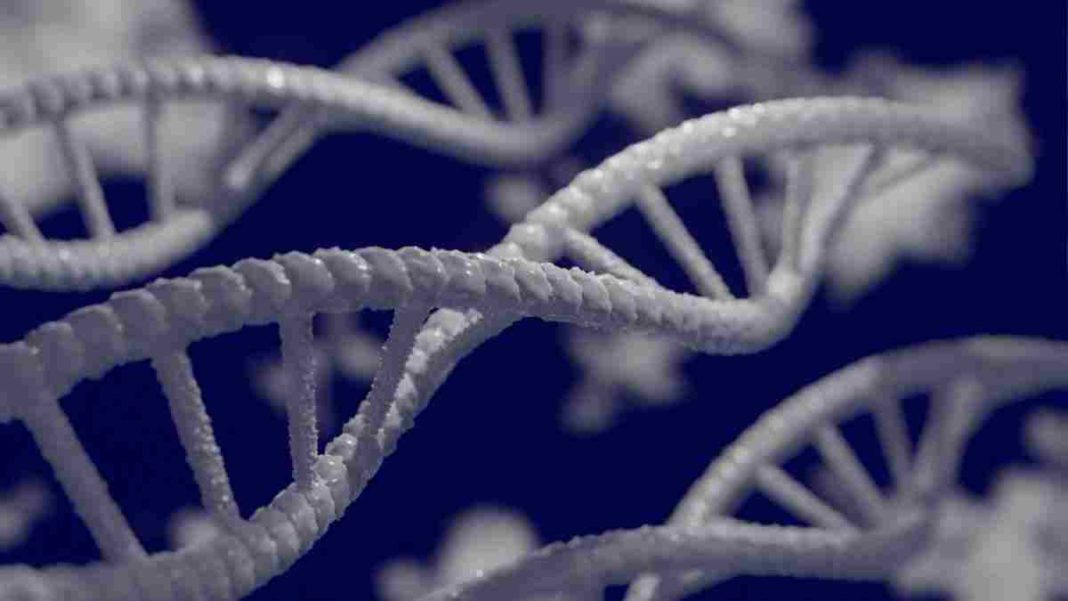AUSTRALIA: In a groundbreaking study, researchers have achieved a major breakthrough in the field of virology by effectively controlling the assembly of viruses using a technique inspired by origami. By manipulating DNA to fold into specific shapes, scientists have successfully directed the assembly of virus proteins with unprecedented precision. This innovative approach opens up exciting possibilities for shaping the future of vaccine development and targeted drug delivery systems.
A group of international scientists from Griffith University led the research team in using DNA “origami” templates to direct the creation of virus capsids, which are the protective protein shells of viruses. The team’s remarkable achievement lies in their ability to exert control over the shape, size, and topology of the virus proteins through the manipulation of DNA folding.
The process involved designing user-defined DNA origami nanostructures, which served as platforms for the binding and assembly of virus proteins. These structures became embedded within the capsids, effectively influencing their formation. Drawing an analogy to wrapping a present, the researchers likened the virus proteins to different types of wrapping paper, each essential to the specific use of the coated DNA origami.
Dr. Frank Sainsbury, the lead researcher of the study, explained the significance of this breakthrough. “The precise control we now have over the size and shape of virus proteins has the potential to revolutionize the development of vaccines and delivery systems,” he said. By manipulating the assembly process, scientists can optimize vaccine designs and enhance their effectiveness. Furthermore, the ability to engineer the shape and size of virus proteins could lead to more targeted and efficient drug delivery methods.
However, the path to this groundbreaking discovery was not without its challenges. Dr. Donna McNeale from the Griffith Institute for Drug Discovery acknowledged that, until now, achieving programmable control over the assembly process had proven elusive with existing tools.
The team’s approach is not restricted to a single type of virus capsid protein unit but can also be extended to RNA-DNA origami structures. This breakthrough opens up avenues for next-generation cargo protection and targeting strategies.
Excitingly, the researchers have already made intriguing findings regarding the potential applications of this technique. They discovered that a virus isolated from mice may deliver protein cargo to particular subcellular compartments in human cells by moving them through hostile environments. There is still much to learn, and there is a wide design space available among viruses that might act as carriers.
The research team is now focused on further understanding how different viruses self-assemble and how they can be harnessed to encapsulate diverse cargoes.
This critical knowledge will undoubtedly contribute to the development of virus-like particles as carriers for medicine, vaccines, and biochemical reactions. By exploring why viruses naturally do not assemble into different shapes, scientists hope to unlock even more possibilities in this exciting field of research.
Also Read: Powerful Solar Flare Activity Forecasted Today, Scientists Issue Warning



